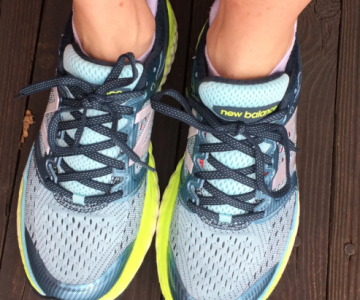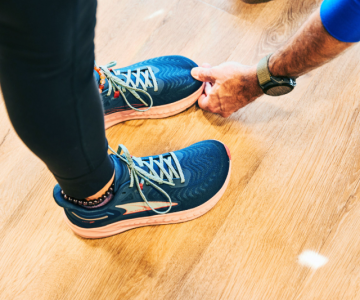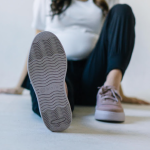When working in environments like restaurants, hospitals, construction sites, or production plants, choosing the right footwear isn’t just about comfort—it’s about safety. Employers often require that shoes meet ASTM slip-resistance standards to reduce the risk of slips and falls in hazardous conditions. But what exactly are these standards, and how are they tested? Let’s dive into the details.
What is ASTM?
ASTM, or the American Society for Testing and Materials, is an organization that sets standards for safety and quality in various industries, including manufacturing, retail, and food service. They provide guidelines to ensure that products, including footwear, meet specific safety requirements. In particular, ASTM has established standards for slip-resistant shoes, which are essential for employees in high-risk environments.
What is the ASTM Slip-Resistance Standard?
The ASTM F2913 standard, developed in 2012, outlines the criteria for testing slip resistance in footwear. This standard is designed to help ensure that shoes perform effectively in slippery, hazardous conditions often encountered in workplaces. While this standard provides important guidance, workers must still follow safety protocols like avoiding wet or chemically treated floors to reduce their risk of slipping.
ASTM has other standards related to slip resistance, such as ASTM F1677 and ASTM F3445-21, each focusing on different aspects of footwear performance in various work environments.
How is the ASTM Standard Tested?
The ASTM F2913 test, also known as the “Whole Shoe Test,” evaluates the overall performance of a shoe in slippery conditions. Unlike other tests that only examine the tread or sole, this test looks at the entire shoe, considering how it interacts with contaminants like grease, water, and oil on different floor surfaces. The shoes are tested under various conditions to see how well they maintain traction and prevent slips.
Reaction to Contaminants
Contaminants, such as water, grease, or soap, can make floors slippery and dangerous. During ASTM testing, these substances are applied to surfaces like tile, wood, linoleum, or cement. The shoes are then tested for their ability to maintain traction on these surfaces, factoring in how the shoes interact with different types of contaminants. The testing simulates real-world conditions where slips are most likely to occur.
The “Friction” Test
The friction test is a crucial part of ASTM slip resistance testing. It measures the force that resists the motion of a shoe as it moves across a surface. This is done by calculating the coefficient of friction (COF), which is the ratio of the force of friction to the normal force exerted on the shoe. High COF values indicate better slip resistance. The test is done on both wet and dry surfaces to evaluate how the shoes perform in different conditions.
The results of these tests help manufacturers determine the effectiveness of their shoes’ slip resistance. The testing also looks at how shoes perform on sticky floors, like those with spilled liquids, to assess their ability to prevent slips in real-world scenarios.
Recommended Slip Resistance Standards
Employers might be familiar with the COF standard of 0.5, which is often cited by OSHA. However, newer recommendations may suggest slightly higher COF values. The appropriate COF for a shoe can vary depending on the floor surface and the job environment. Generally, a COF between 0.5 and 1.0 is recommended, with higher COF values being preferable for industries where slip hazards are more common.
Slip Resistant vs. Non-Slip
It’s important to understand the difference between “slip-resistant” and “non-slip” shoes. There is no such thing as a completely slip-proof shoe. A “non-slip” shoe doesn’t guarantee that you won’t slip and fall, but it does offer traction to reduce the likelihood of an accident. In addition to wearing proper footwear, it’s essential to maintain clean and dry floors to minimize slipping risks.
Non-slip shoes are designed with textured soles that increase grip, especially on smooth, slippery surfaces. Look for shoes with soles that have ridges, patterns, or other features to enhance traction. While no shoe is 100% slip-proof, a slip-resistant shoe provides extra protection when navigating hazardous conditions.
Final Thoughts
When choosing slip-resistant footwear for work, it’s crucial to ensure that the shoes meet ASTM standards. These shoes are tested to provide better traction and reduce the risk of slips and falls in environments where safety is a top priority. While slip-resistant shoes can significantly improve safety, always remember that other factors like maintaining clean floors and taking safety precautions are just as important in preventing accidents.
For the best protection, always select shoes that have been tested and certified for slip resistance according to ASTM standards. By making an informed decision, you can keep yourself safe and comfortable, whether you’re working in a restaurant, hospital, or construction site.





